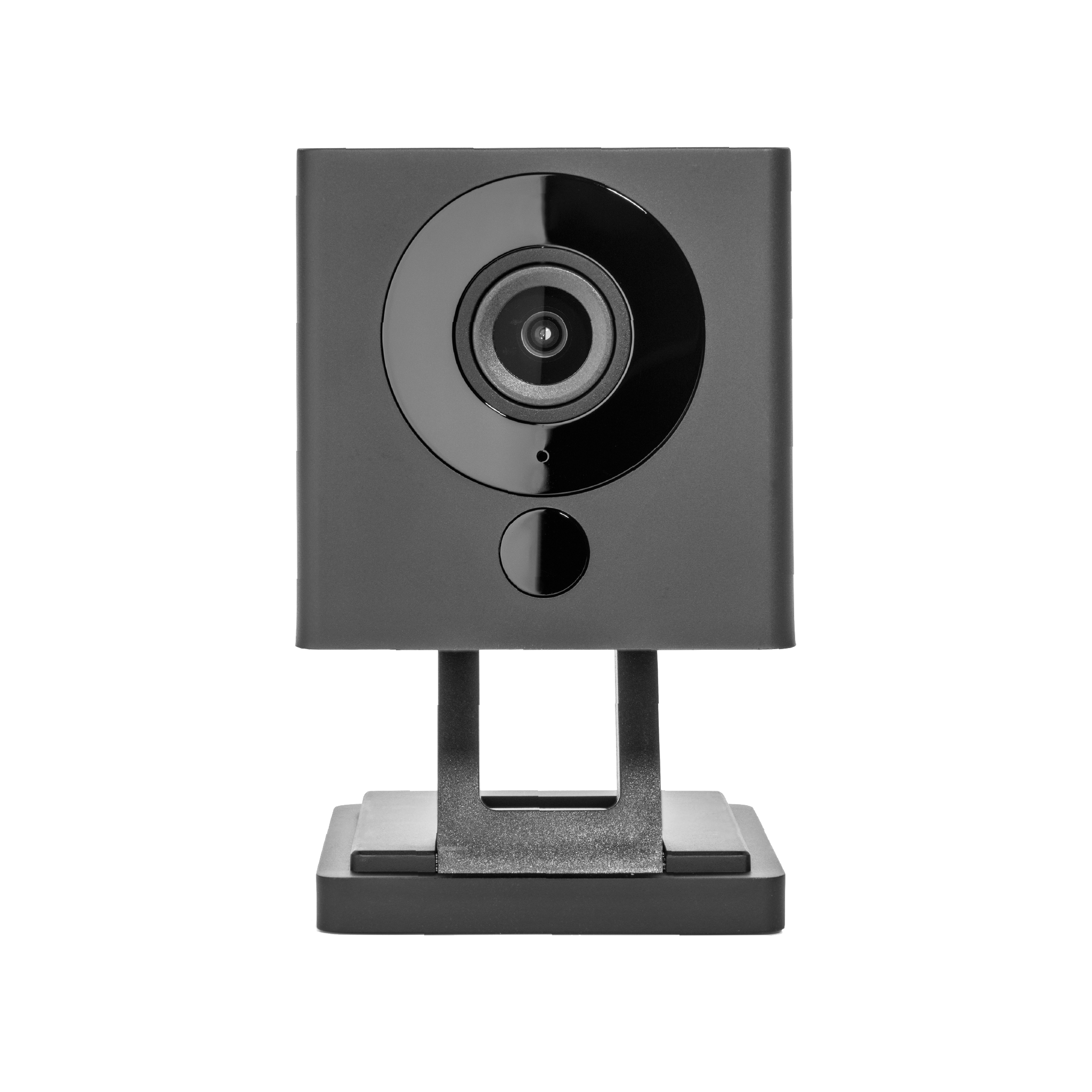SolarHead
50% of people are below average. (Its a statistic)
I see some posts/threads already mentioning some wanting, and already maybe doing some things to get better monitoring from the Sol-Ark. So far, I have the PowerView app but it only updates when you ask it to, or every 10 minutes maybe, and I find it lacking. Plus, its coded in China, the servers are probably in China. Maybe someone can help me find what I think I'm looking for. The threads that I've seen online it appears you have to be a hard-core programmer, with an electrical engineering degree, and 20 years of experience programming electronics, software and firmware. Being someone without all that knowledge, it would be nice to have something that's fairly straightforward and already built to be able to view stats of my Sol-Ark (plug and play). Plus, I really wish Sol-Ark would get away from using the China-made app and server. I don't think it would be that difficult to have an internal webserver on port 80 where one could use a browser to view reports and manage everything the Sol-Ark has to offer. My $200 HP printer has this and its pretty effective, and secure for the most part (behind my firewall) and the $6800 Sol-Ark has a Chinese made app that looks good but as mentioned lacking. Any input would be appreciated that would allow someone with less technical skills to view reports. I've found products like this https://solar-assistant.io that includes a Raspberry Pi and an app which look interesting thats advertised to work with a Sol-Ark, but not sure what else is out there or recommended. I installed my entire solar system myself, I got the dongle configured and the app installed, I've taken C++ in school (nightmare but I passed) so I'm more technical than most, but I don't have the skills and knowledge to build and program what I'm seeing people go through to get at the data from the Sol-Ark.




